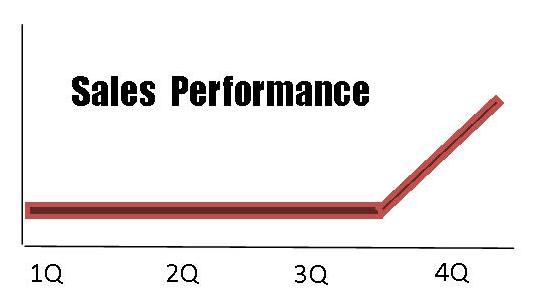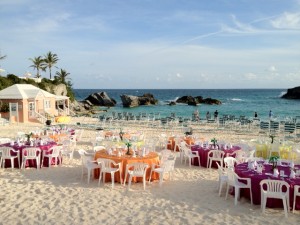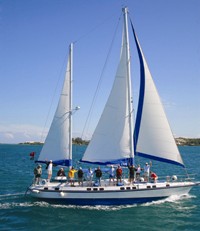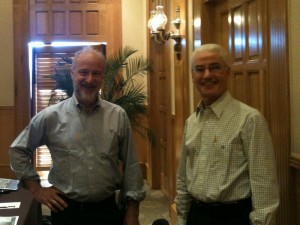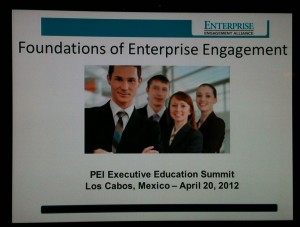We were asked by Incentive Research Foundation to provide tips on running successful incentive programs. While there are many ingredients that go into this process, one of the most important, in my opinion, is getting buy-in from the people you are trying to motivate.
For more information on why this is important and a few key ways to make sure you get it, CLICK HERE to listen and read about this topic.




